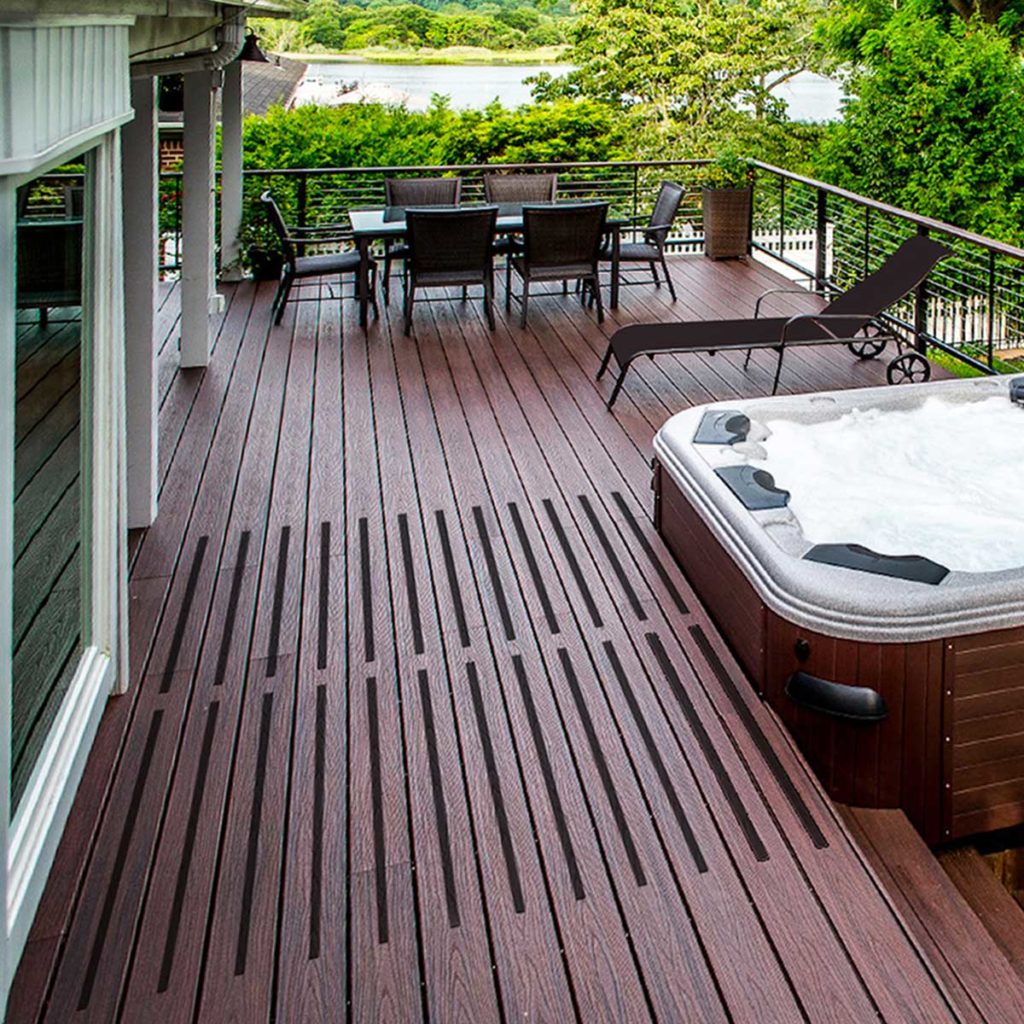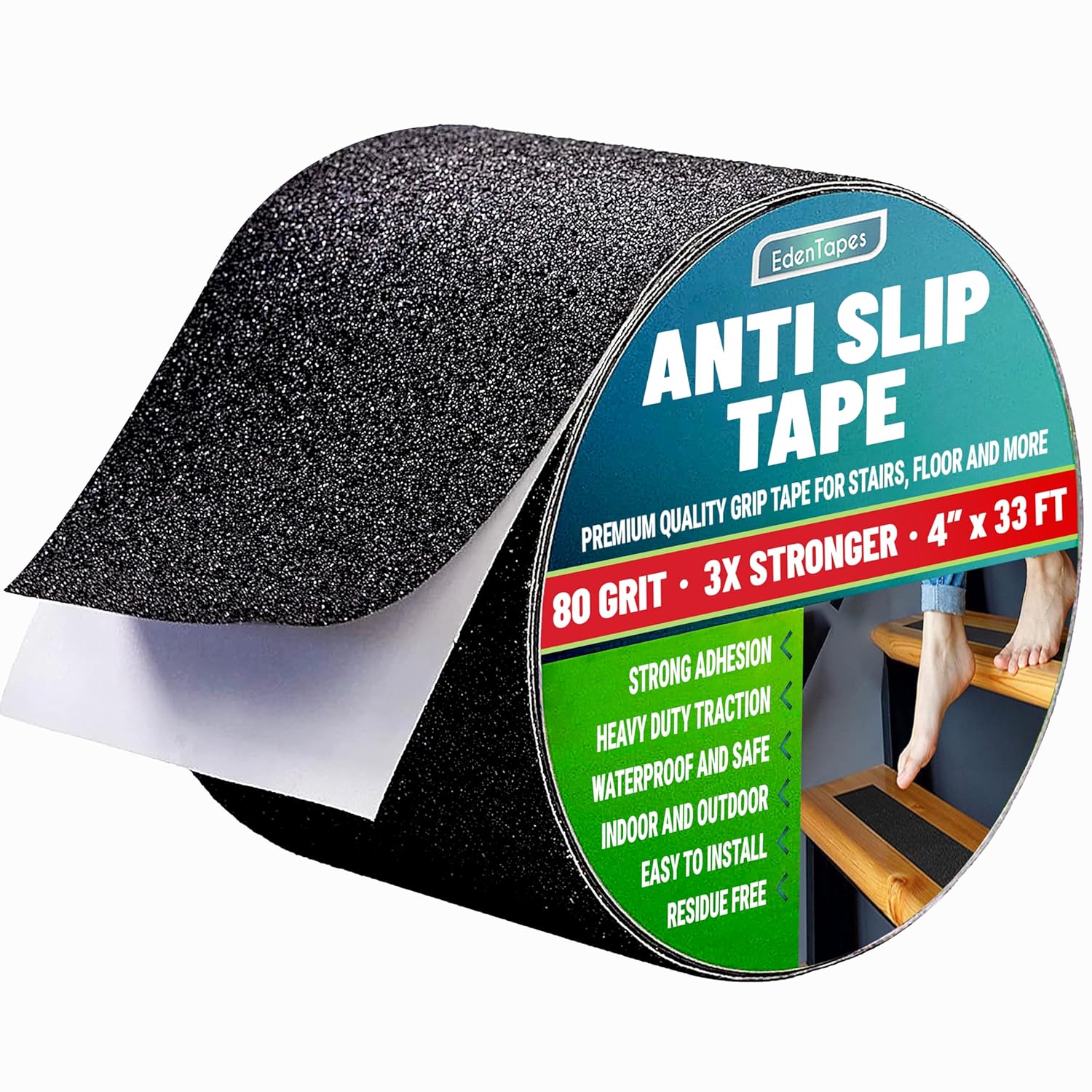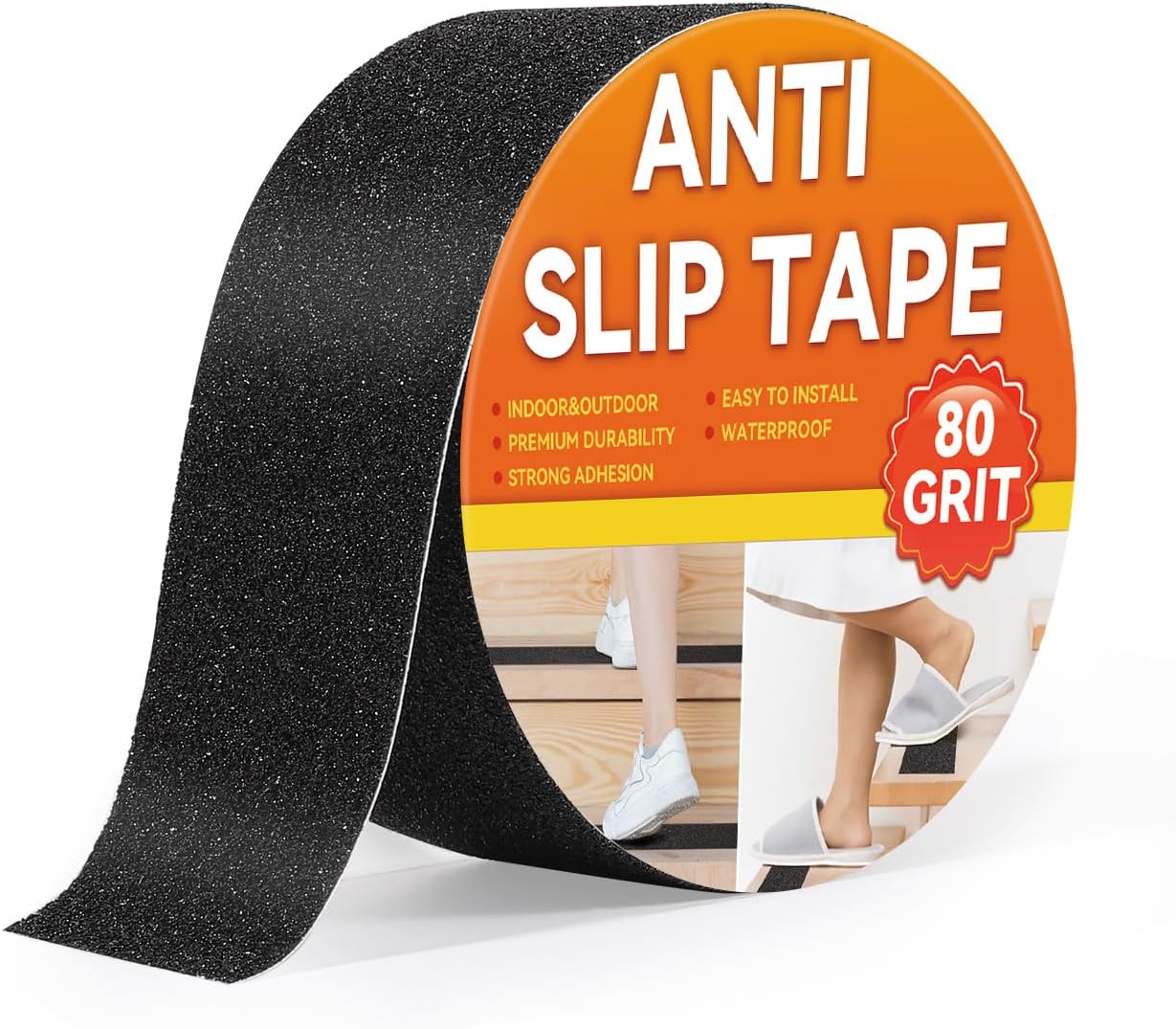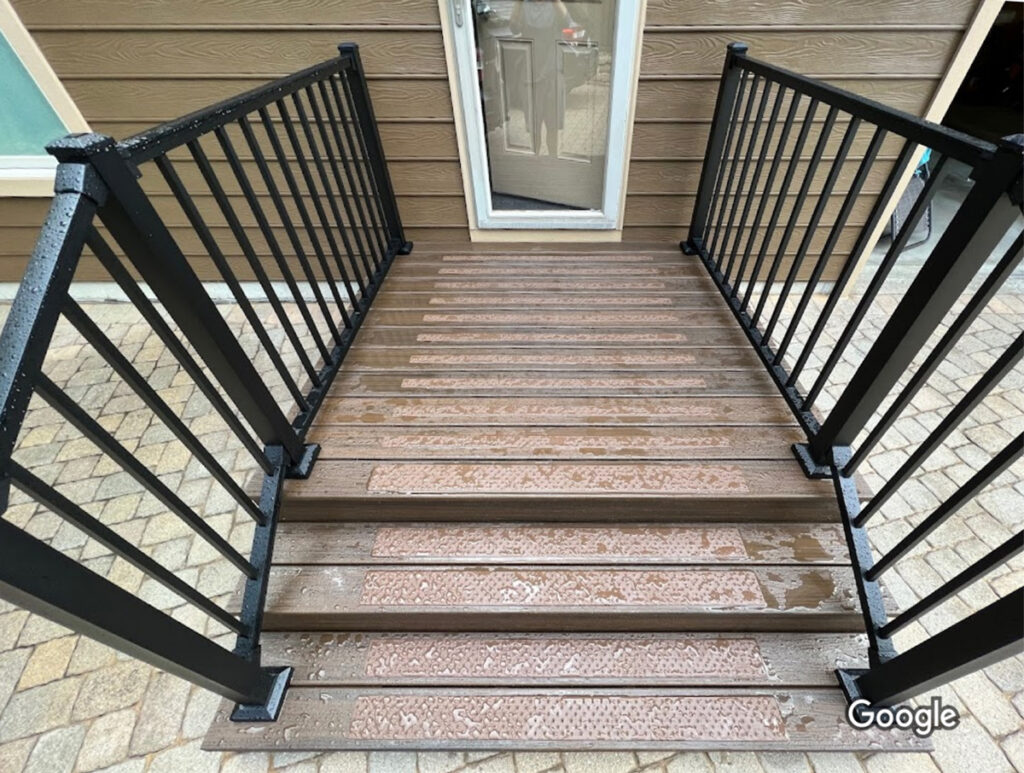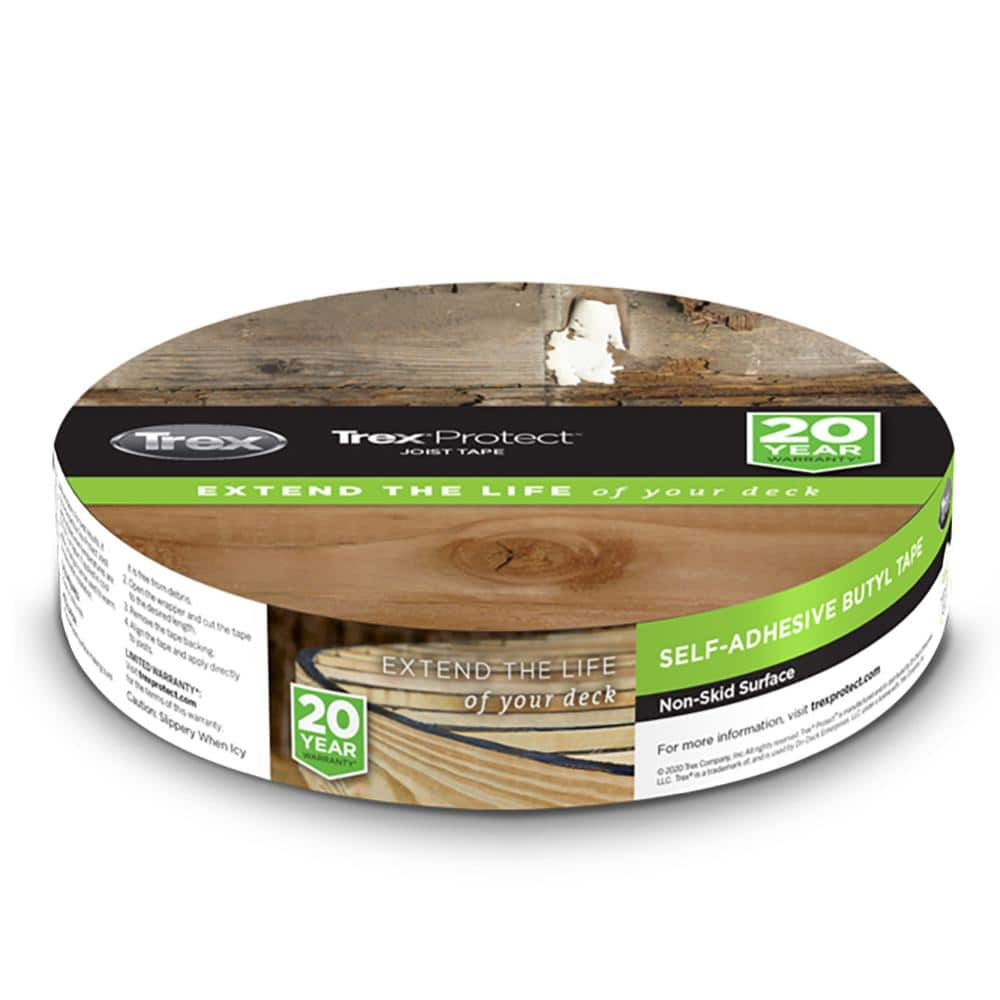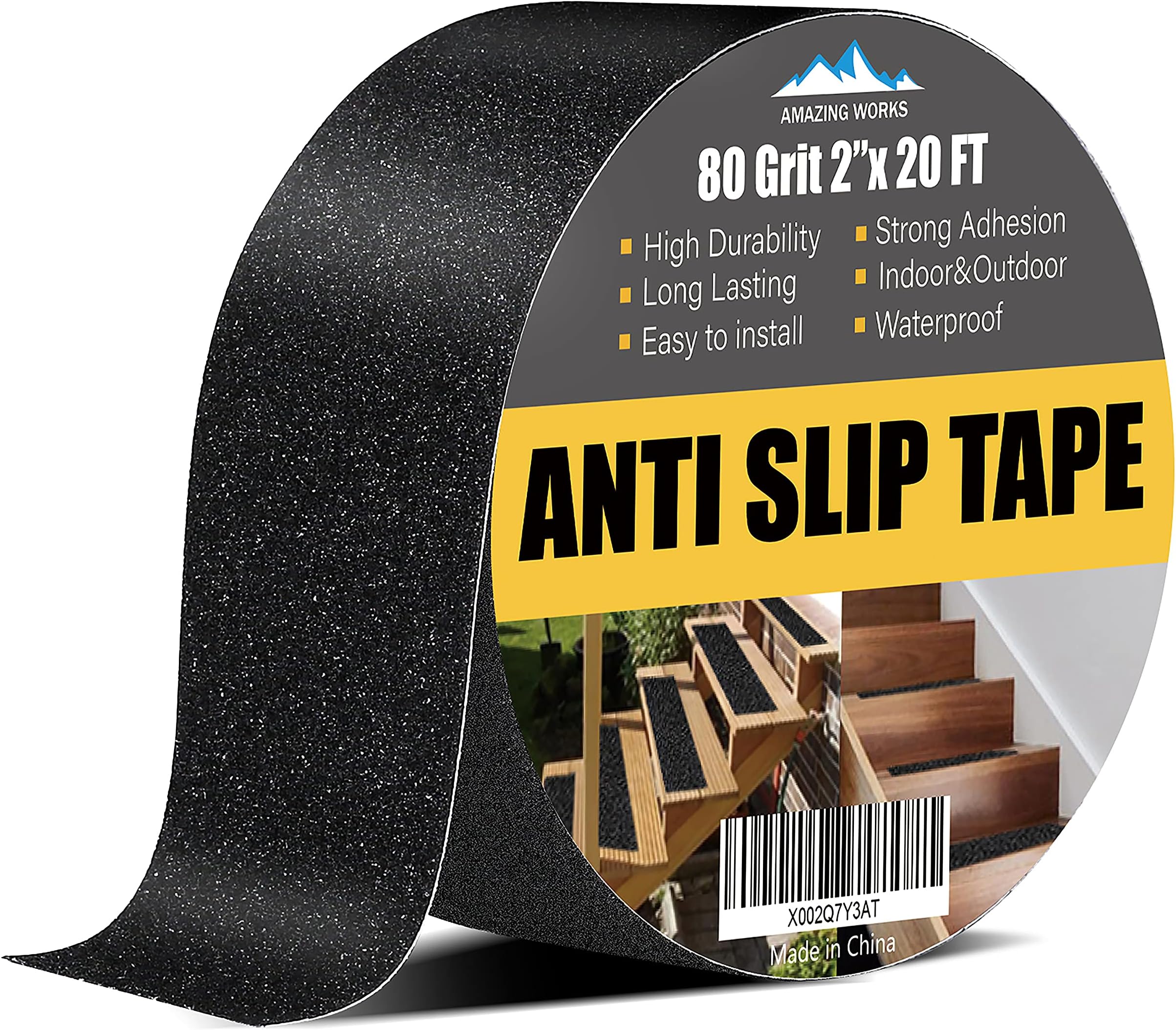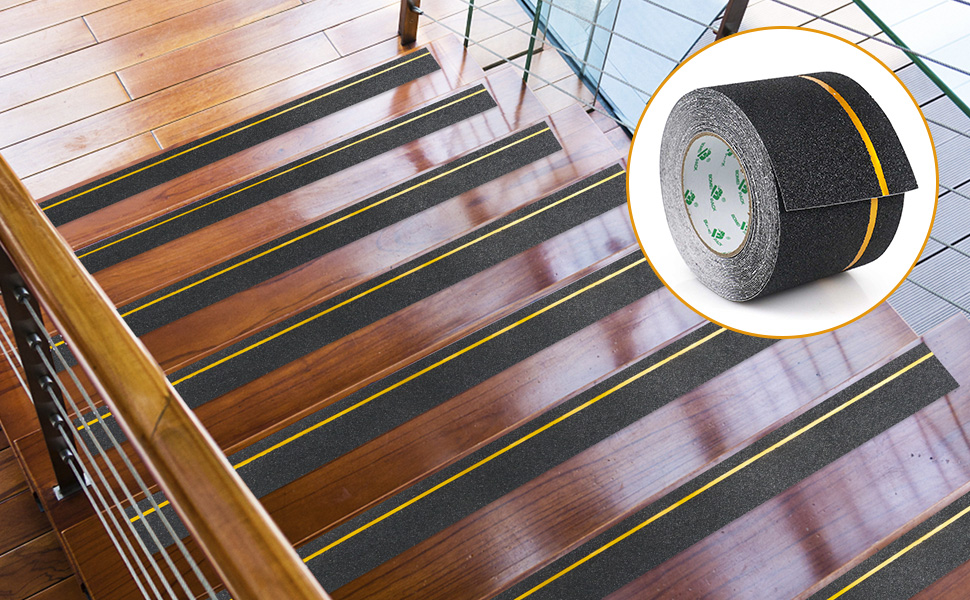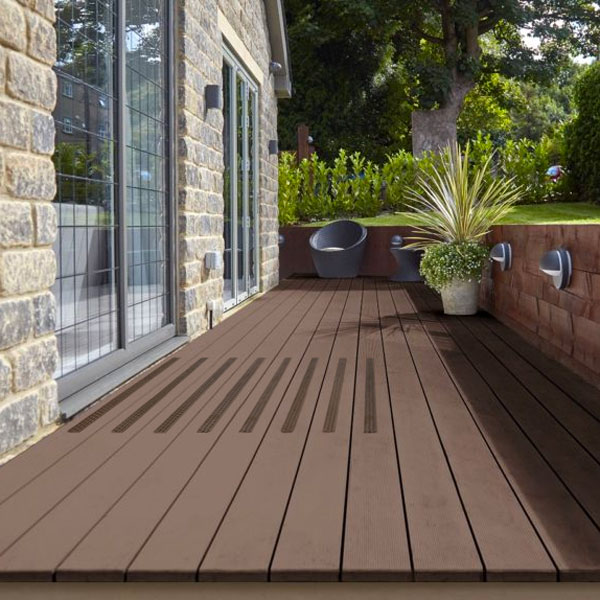Anti Slip Tape For Trex Decking

The idyllic image of a sun-drenched afternoon on a Trex deck can quickly turn perilous. Reports of slips and falls are prompting a closer look at the safety of composite decking, specifically highlighting the need for enhanced traction solutions. While Trex offers durability and low maintenance, the smooth surface, especially when wet, poses a significant risk, leading homeowners and businesses to explore and implement anti-slip tape as a crucial safety measure.
This article delves into the growing concerns surrounding Trex decking and slip-and-fall accidents, focusing on the increasing adoption of anti-slip tape as a practical remedy. It explores the effectiveness of these tapes, different types available, proper application methods, and potential drawbacks. Furthermore, it examines the broader implications for the composite decking industry, homeowner liability, and future innovations in slip-resistant decking materials, offering a balanced perspective on navigating the challenges of maintaining both beauty and safety.
The Rise of Slip-and-Fall Concerns on Composite Decks
Composite decking, including Trex, has become increasingly popular due to its resistance to rot, insects, and the need for frequent staining or sealing. However, a common complaint is its tendency to become slippery, especially when wet from rain, snow, or even morning dew. This slipperiness creates a hazardous environment, particularly for children, the elderly, and those with mobility issues.
Anecdotal evidence abounds in online forums and consumer reviews, with users sharing stories of near-misses and actual falls. These accounts often highlight the lack of adequate grip, especially on stairs and in high-traffic areas. The smooth, non-porous surface of many composite decking products contributes to the problem, preventing water from being absorbed and increasing the risk of hydroplaning.
Addressing the Problem with Anti-Slip Tape
In response to these concerns, anti-slip tape has emerged as a widely used solution for enhancing traction on Trex and other composite decks. These tapes, typically made with an abrasive grit on one side and a strong adhesive on the other, provide an immediate and relatively inexpensive way to improve safety. The tapes are designed to increase the coefficient of friction, making the surface less slippery even when wet.
Various types of anti-slip tapes are available, ranging from general-purpose options to specialized tapes designed for outdoor use and specific decking materials. Considerations when choosing a tape include the grit level (coarser grit for higher traffic areas), the adhesive strength (important for longevity), and the tape's resistance to UV rays and extreme temperatures.
Proper application is crucial for the effectiveness of anti-slip tape. The surface must be clean, dry, and free of debris before application. Cutting the tape to the appropriate size and shape, applying firm pressure to ensure proper adhesion, and allowing sufficient time for the adhesive to cure are all essential steps.
Evaluating the Effectiveness and Limitations
While anti-slip tape offers a practical solution, it's important to understand its limitations. The longevity of the tape can vary depending on factors such as weather conditions, foot traffic, and the quality of the tape itself. Regular inspection and replacement of worn or damaged tape are necessary to maintain its effectiveness.
Some users report that the tape can become discolored or peel over time, especially in areas exposed to direct sunlight or heavy rainfall. The aesthetic impact of the tape on the overall appearance of the deck is also a consideration for some homeowners. Choosing a tape that complements the deck's color and texture can help minimize this impact.
Furthermore, anti-slip tape is not a substitute for proper deck maintenance and regular cleaning. Removing dirt, leaves, and other debris can help prevent the buildup of slippery substances and extend the life of the tape. It is recommended to clean the surface before applying the tape and periodically throughout its lifespan.
The Broader Implications for the Decking Industry
The concerns surrounding slip-and-fall accidents on composite decks have significant implications for the decking industry. Manufacturers are under increasing pressure to develop decking materials with inherently better slip resistance. Some companies are exploring textured surfaces, enhanced drainage systems, and alternative composite formulations to address this issue.
Homeowner liability is another important consideration. Property owners have a legal responsibility to maintain a safe environment for guests and visitors. Failure to address known hazards, such as slippery decking, could result in legal action in the event of an accident. Implementing safety measures, such as installing anti-slip tape, can help mitigate this risk.
The issue also highlights the need for clearer communication and labeling regarding the slip resistance of different decking products. Providing consumers with accurate information about the potential risks and available safety solutions can empower them to make informed decisions.
Looking Ahead: Innovations in Slip-Resistant Decking
The demand for safer decking solutions is driving innovation in the industry. Researchers and manufacturers are exploring a variety of approaches to improve slip resistance without compromising the aesthetic appeal and durability of composite decking.
One promising avenue is the development of new composite formulations that incorporate materials with higher coefficients of friction. Another approach involves creating textured surfaces that provide better grip, even when wet. Some companies are also experimenting with coatings and sealants that enhance slip resistance.
Ultimately, the goal is to create decking products that offer both beauty and safety, ensuring that homeowners can enjoy their outdoor spaces without the risk of slip-and-fall accidents. As technology advances and consumer awareness grows, the future of decking is likely to prioritize both performance and peace of mind. The continued use of products like anti-slip tape will likely remain prevalent until more comprehensive solutions are widely available and implemented within the Trex and composite decking industry.
